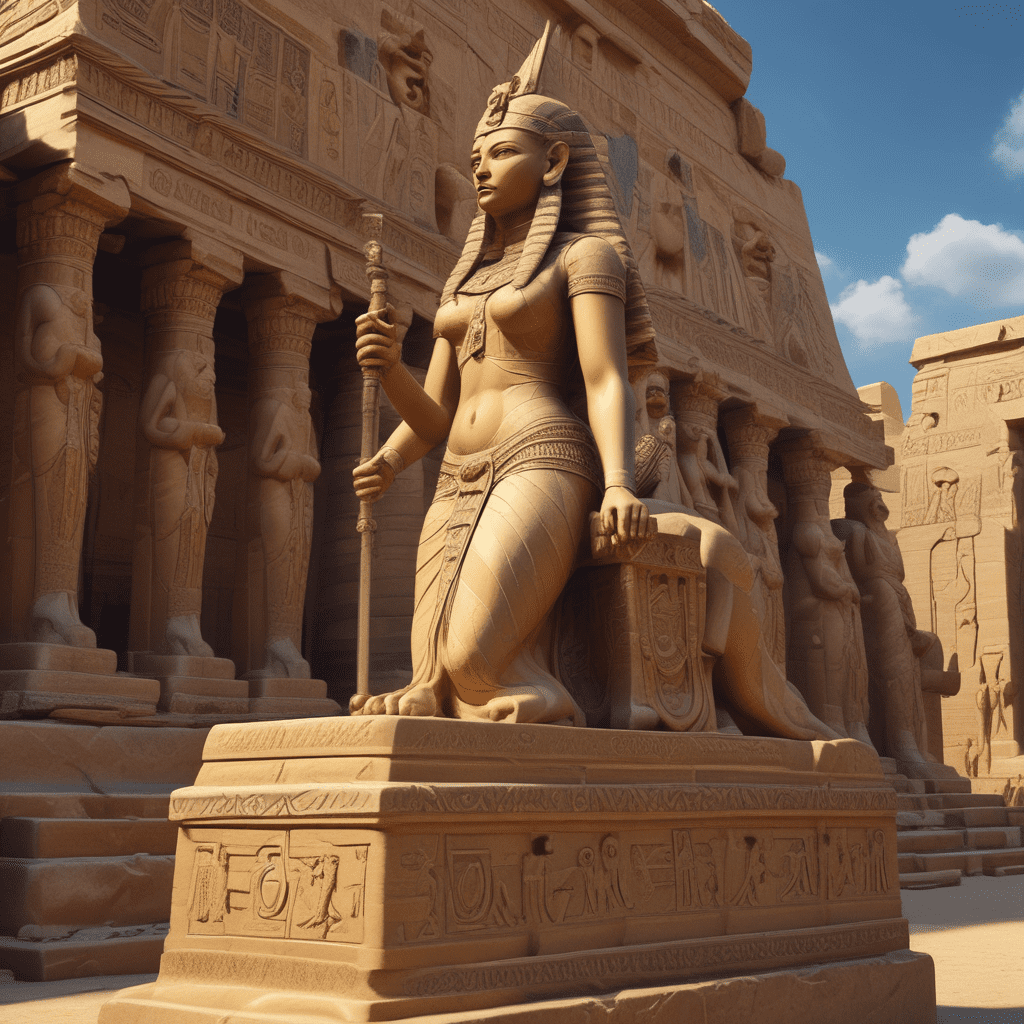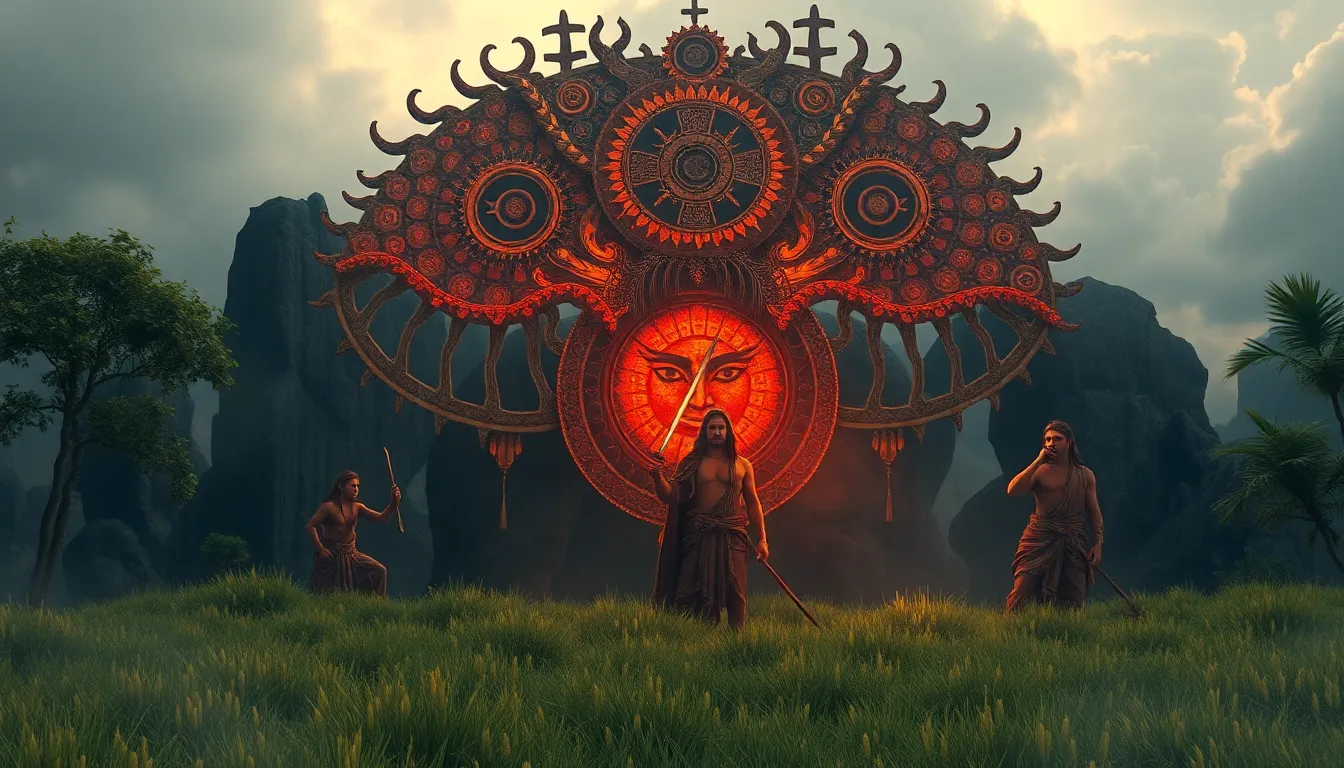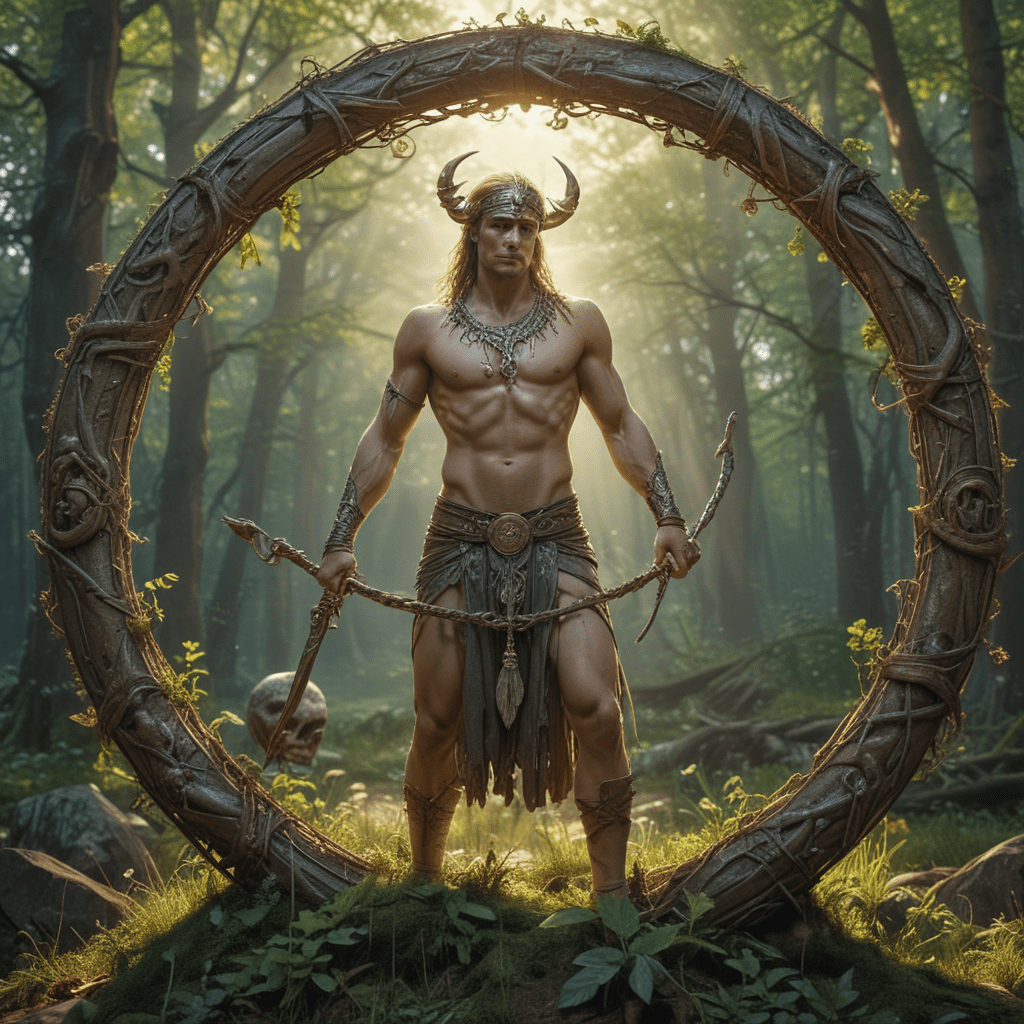The Myth of the Goddess Selket in Ancient Egypt
In ancient Egyptian mythology, Selket, also known as Serqet, was a prominent goddess associated with protection, healing, and magic. Let’s delve into the myths and significance surrounding the goddess Selket.
Who Was the Goddess Selket?
Selket was often depicted as a woman with the head of a scorpion or as a woman holding a scorpion. She was believed to protect against venomous stings and bites, particularly those of scorpions and snakes. Selket was one of the four goddesses who protected the canopic jars that held the internal organs of the deceased in ancient Egyptian burial practices.
The Role of Selket in Ancient Egypt
As a guardian goddess, Selket watched over the deceased and aided in their journey to the afterlife. Her role in protection extended beyond physical ailments to safeguarding the soul during its passage through the underworld. Selket was also associated with healing and was called upon in medical treatments to cure poisoning and other illnesses.
Worship and Festivals
Devotees honored Selket through rituals and festivals, including offerings of food, drink, and incense at temples dedicated to her. The most significant festival dedicated to Selket was the Scorpion Festival, where people sought her divine protection against venomous creatures and invoked her healing powers.
In art and hieroglyphs, Selket was often depicted wearing a symbol resembling a scorpion on her head or holding a basket indicating her role as a protector of canopic jars. Her association with rebirth and transformation further emphasized her importance in Egyptian mythology.
FAQ about the Myth of Goddess Selket in Ancient Egypt
Who was Goddess Selket in Ancient Egypt?
Selket, also known as Selqet or Selcis, was an ancient Egyptian goddess associated with protection, healing, and magic. She was often depicted as a woman with a scorpion on her head or holding a scorpion.
What was Selket’s role in Egyptian mythology?
Selket was believed to protect the deceased in the afterlife, particularly during the mummification process. She also had the ability to heal and ward off venomous creatures, as scorpions were both feared and respected in ancient Egypt.
Where was Selket worshipped in Ancient Egypt?
Selket was venerated throughout Egypt but was particularly prominent in Lower Egypt. She was often invoked during childbirth to protect both the mother and the newborn from harm.
What symbols were associated with Goddess Selket?
Apart from the scorpion symbol, Selket was also linked to the ankh (symbol of life) and the was scepter (symbol of power and dominion). She was sometimes depicted with wings to symbolize protection and swift action.
How did Selket influence ancient Egyptian beliefs and rituals?
Selket’s presence in funerary texts and tombs emphasized the importance of her protective role in guiding souls through the afterlife. Pri



